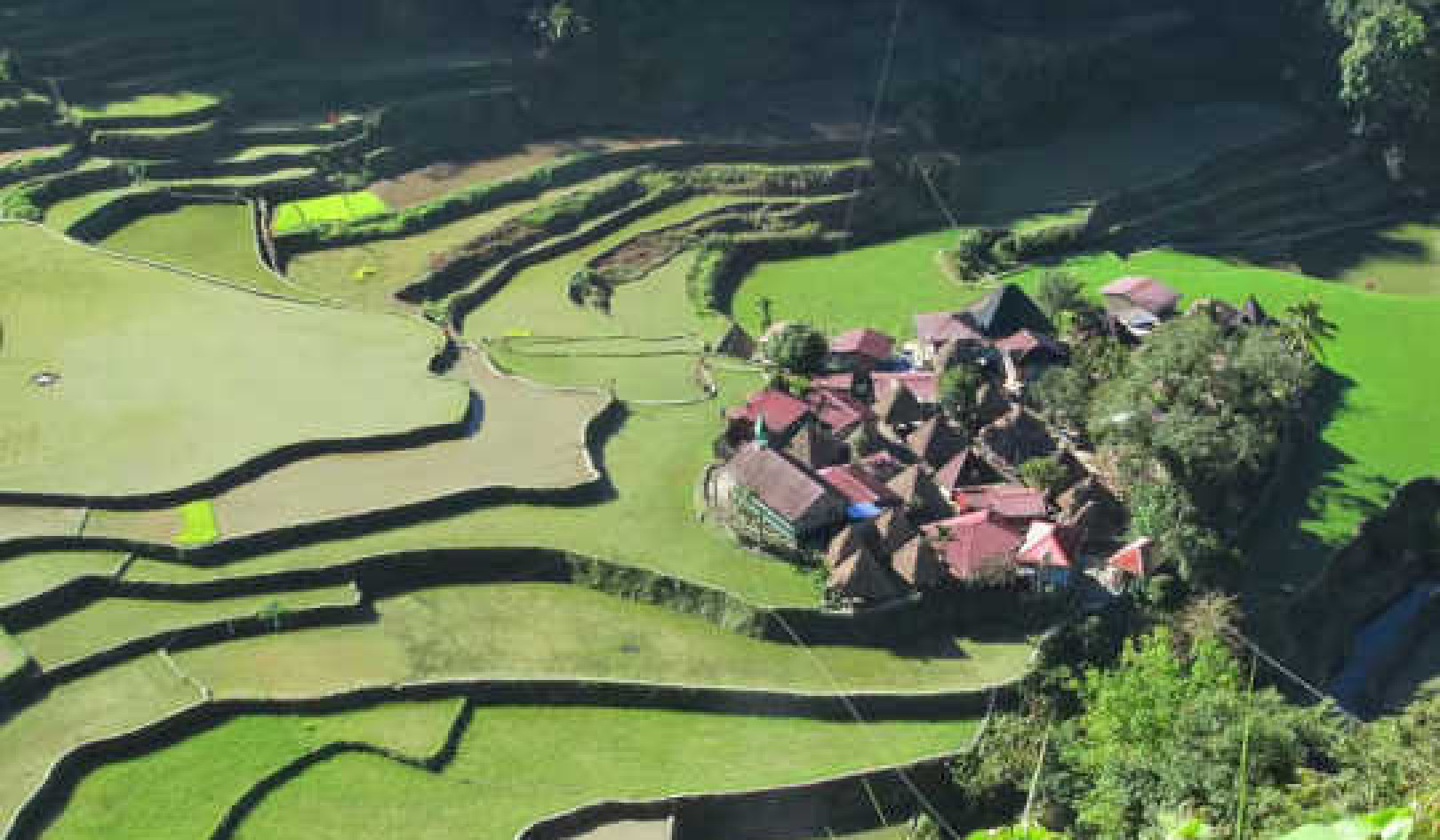
A good night’s sleep can be especially elusive if you live in a city. Stokkete/Shutterstock
Sleeping at the height of summer can sometimes feel impossible. And with gruelling heatwaves becoming more common, the nights can be sweltering, with no cooling breeze to relieve the discomfort. At least you can trust your senses – nights really are getting hotter.
Weather stations usually record the day’s minimum temperature at or a little after dawn. At a few sites in the UK, records extend back 150 years or more. Allowing for minor changes in instruments and methods over the years, scientists have found that night-time temperatures have risen considerably since Victorian times. In most of the records examined, night-time temperatures are actually rising at a faster rate than daytime temperatures. Why is this?
Recent milder winters in the UK have had fewer very cold nights. The coldest nights tend to be colder relative to the norm than the coldest winter days. Their loss has pushed up the average night-time minimum temperature disproportionately faster than the average daytime maximum temperature.
UK summers are also seeing more frequent hot weather as a result of climate change. Extreme daytime and night-time temperatures in the UK during heatwaves have risen by a similar amount, about 2°C in 150 years.
But even a brief hot spell allows warm nights to persist after daytime temperatures have returned closer to the norm, particularly in cities, leading to more hot nights than days overall. That’s because concrete and asphalt absorb and release daytime heat more slowly overnight compared with outlying rural areas, resulting in even higher night-time temperatures for city dwellers. This is known as the urban heat island effect.
There are even suggestions that condensation trails left by aircraft have boosted night-time temperatures by reducing how much heat can escape the surface layers of the atmosphere to space, although the evidence is somewhat mixed.
Warm nights double in 50 years
Records from two of the longest-running weather stations in the UK, the Radcliffe Observatory in Oxford (where records go back to 1814) and the Durham University Observatory (which opened in 1841), reveal a lot about how night-time temperatures have changed.
Between 1911 and 1920, the warmest night of the year averaged 16.6°C at Oxford. The average over the last ten years was 18.8°C, a rise of more than 2°C. Warm nights – those in which temperatures remain above 15°C – now average 20 per year in Oxford, more than twice the norm as recently as the 1970s, despite two hot summers in that decade (1975 and the notorious 1976). Central London has probably twice as many warm nights in a year as Oxford.
Since 1814, and at the time of writing, only ten nights have remained above 20°C at Oxford (so-called tropical nights). Half of those have occurred within just the last 25 years, including the highest of all: 21.2°C, in July 2016. Even this might well be surpassed soon. Oxford’s urban area has grown since 1814, of course, but the weather station site has changed little since the 1830s, and the increase in mean temperature owing to the urban heat island effect is probably only about 0.2°C since record keeping began.
Compared with the east and south-east of England, heatwaves are shorter and less intense in the north and north-east of England, and hot nights are less frequent as a result. Records from the Durham University Observatory confirm that nights hotter than 15°C are much less likely in north-east England, averaging only six or seven a year over the last decade, or one-third of Oxford’s frequency. But even here, the number of warm nights has increased fourfold since the 1970s. The warmest night of the year in Durham has risen from an average of 14.6°C a century ago to 16.9°C in the most recent ten-year period, a 2°C rise – very similar to Oxford.
Fortunately, nights above 20°C are as yet unknown in the long Durham record, but the hottest night (18.4°C), recorded there on July 12 2022, was only half a degree Celsius below the all-time record: 18.9°C, also set in July 2016. That may also be surpassed in the very near future. Also, on July 12, 2022, Sheffield’s night-time minimum temperature reached 20.5°C, its highest in 140 years of record keeping.
Even in the Republic of Ireland, famed for its equable climate, a hot spell in July 2021 resulted in the first tropical night for 20 years, when the minimum temperature at Valentia Observatory in the far south-west of Kerry hovered around 20.5°C. Such warm nights are very rare in Ireland – only six previous occurrences are known.
Heatwaves are getting more frequent and more intense, particularly in the south and east of England. An analysis by the Met Office suggested that temperatures of 40°C, more than a degree above the current UK national record (38.7°C, set in Cambridge in July 2019) are likely to occur every few years by 2100.
As daytime extremes continue to rise, night-time temperatures will also creep up. The highest minimum temperature (hottest night) on record for the UK currently stands at 23.9°C, at Brighton, East Sussex, during the August 1990 heatwave. There are a handful of other locations, including central London, where 23°C has also been recorded overnight.
By the turn of the century, and possibly well before then, without very large reductions in fossil fuel burning, night-time temperatures will not fall below 25°C in some places during hot weather. At present, a daytime temperature of 25°C is the definition of a hot day. We must cut carbon emissions – or future summers will be long, hot and sleepless.
About The Author
Stephen Burt, Visiting Fellow in Meteorology, University of Reading
This article is republished from The Conversation under a Creative Commons license. Read the original article.

Related Books:
The Future We Choose: Surviving the Climate Crisis
by Christiana Figueres and Tom Rivett-Carnac
The authors, who played key roles in the Paris Agreement on climate change, offer insights and strategies for addressing the climate crisis, including individual and collective action.
Click for more info or to order
The Uninhabitable Earth: Life After Warming
by David Wallace-Wells
This book explores the potential consequences of unchecked climate change, including mass extinction, food and water scarcity, and political instability.
Click for more info or to order
The Ministry for the Future: A Novel
by Kim Stanley Robinson
This novel imagines a near-future world grappling with the impacts of climate change and offers a vision for how society might transform to address the crisis.
Click for more info or to order
Under a White Sky: The Nature of the Future
by Elizabeth Kolbert
The author explores the human impact on the natural world, including climate change, and the potential for technological solutions to address environmental challenges.
Click for more info or to order
Drawdown: The Most Comprehensive Plan Ever Proposed to Reverse Global Warming
edited by Paul Hawken
This book presents a comprehensive plan for addressing climate change, including solutions from a range of sectors such as energy, agriculture, and transportation.






















